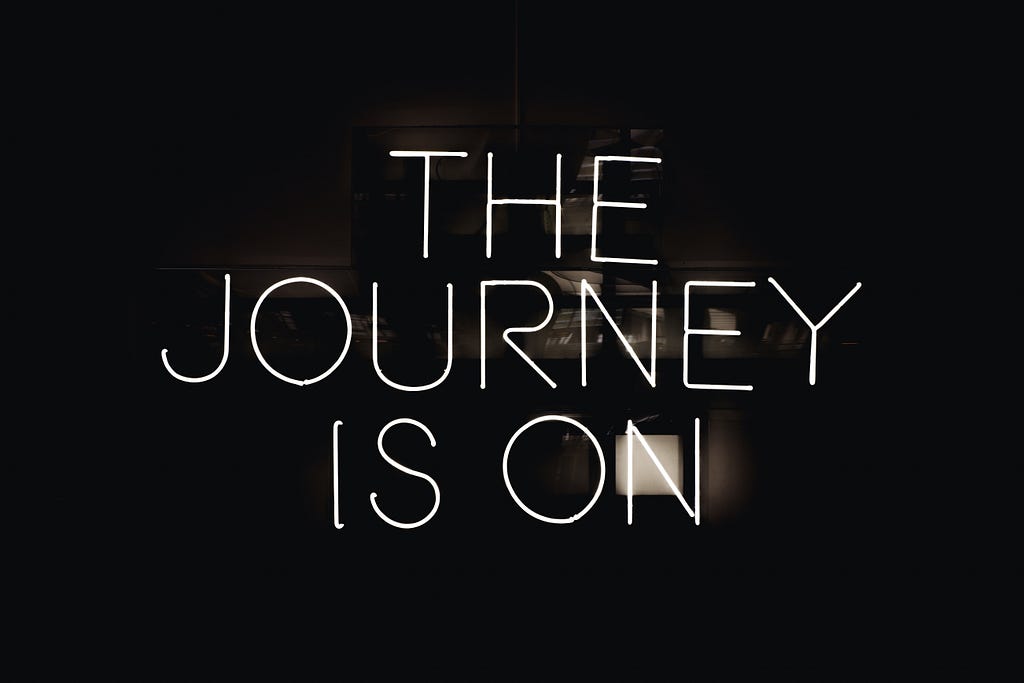
If I were to start from scratch today as a UI/UX designer, based on my four years of experience and the rapid advancements in AI, this is the path I’d take. I’ve crafted this blog to answer potential questions someone new to UI/UX design might have.
Questions I’ll Address:
– Where to start?
– Should I enrol in a UI/UX boot camp or pursue a master’s degree in Interaction Design?
– How do I land my first job?
– How can I determine if my portfolio is up to par?
– What salary should I expect in my first job?
– With AI’s rapid growth, is the UI/UX industry still a good choice?
– How can I transition into UI/UX Design?
Before we start here is why I am the right person to answer these questions
I’m a self-taught UI/UX Designer, currently working from home in India for a London-based company. I began my career as a freelancer, then joined a startup in Bangalore, and eventually, this company. I have 3 years of experience.
I’ve tried to cover most of the questions I receive from followers on my LinkedIn and via email. If there’s something I’ve missed, please drop it in the comments, and I’ll be happy to address it.

Where to Start?
Starting out can be overwhelming, given the plethora of resources available online. While many of these resources are valuable, the sheer volume can be daunting. So, here’s a straightforward three-step method to kickstart your journey, which should get you job-ready in a month or two:
Step 1: Master Figma and Dive into Typography, Colors, and Spacing
To learn Figma, turn to YouTube. There’s a wealth of channels offering comprehensive tutorials on Figma basics. Choose one that aligns with your learning style. Remember, the key is to practice Figma more than you watch videos about it.
For typography, colors, and spacing, here are some insightful blogs:
Typography
Typography Study Guide for UX designers
Color
Spacing
Step 2: Immerse Yourself in Great Design
To excel in design, you need to develop a discerning eye. Start by exploring your favorite apps. Most of them likely have stellar UI designs, and soon, you’ll be crafting similar designs for your projects and future roles.
For a more structured approach, here are some websites showcasing top-notch designs:
– Screenlane: for app designs
– Landing Gallery: for landing page designs
– Refero Design: for both (note: it’s a paid resource)
For UX insights,
Growth Design is invaluable.
Indian Notes and Good UX offer breakdowns of user experiences in popular apps.
Step 3: Craft UI/UX Case Studies
Before diving into case studies, ensure you’re comfortable with Figma basics and have spent some time absorbing quality designs. Creating case studies is crucial because employers gauge your design prowess primarily through your portfolio.
Where to showcase your case studies? Platforms like Behance, Medium, or even a personal portfolio work great. For a detailed guide on crafting compelling case studies, check out
How to create UI/UX case studies that will land you a job?
I penned earlier.
Should I Join a UI/UX Boot Camp or Opt for a Master’s in Interaction Design?
While UI/UX boot camps can be beneficial, they often reiterate what you can learn independently. However, a master’s degree from a prestigious institution can elevate your career trajectory, not necessarily due to superior education but because of the brand value. For those in India, NID and IIT Bombay are top choices. Globally, Carnegie Mellon University stands out.
Landing Your First Job
There’s no secret formula here. It’s a mix of persistence, showcasing a unique portfolio, networking, and effective communication. If you’re facing rejections, consider seeking feedback through platforms like ADPlist.
Is My Portfolio Good Enough?
To gauge the effectiveness of your portfolio, seek feedback. Booking mentorship sessions on ADPlist with industry veterans can provide invaluable insights.
Salary Expectations for Your First Job
Several factors influence this, including the job market, location, company, and your skill set. Here are some resources for salary insights:
– India 2022 Income Report
Ramakrishna on Twitter: “Well! After quite some struggle of cleaning up the responses, here is the top level salary data for UX/UI designers in India. pic.twitter.com/tCIFOCBHe5 / Twitter”
Well! After quite some struggle of cleaning up the responses, here is the top level salary data for UX/UI designers in India. pic.twitter.com/tCIFOCBHe5
– UX Salaries in Europe 2023
Is UI/UX Design a Wise Choice Amidst AI’s Growth?
While AI is revolutionizing industries, the UI/UX domain remains relatively secure. Designers bring empathy and a deep understanding of human emotions, which AI currently can’t replicate. However, AI will undoubtedly aid designers in crafting better and faster products.
Transitioning to UI/UX Design
Simply follow the three steps outlined above. Transitioning to UI/UX design is straightforward and requires a manageable skill set.
I hope this guide proves beneficial. If you have further questions, please drop them in the comments, and I’ll address them promptly.
👋Hey there, If you are interested in more UI/UX-related design topics do follow me on LinkedIn and Medium.
Also here are some great free UI/UX resources on Gumroad & Figma Community. Do check them out 🙂
How to Become a UI/UX Designer in 2023? was originally published in UX Planet on Medium, where people are continuing the conversation by highlighting and responding to this story.